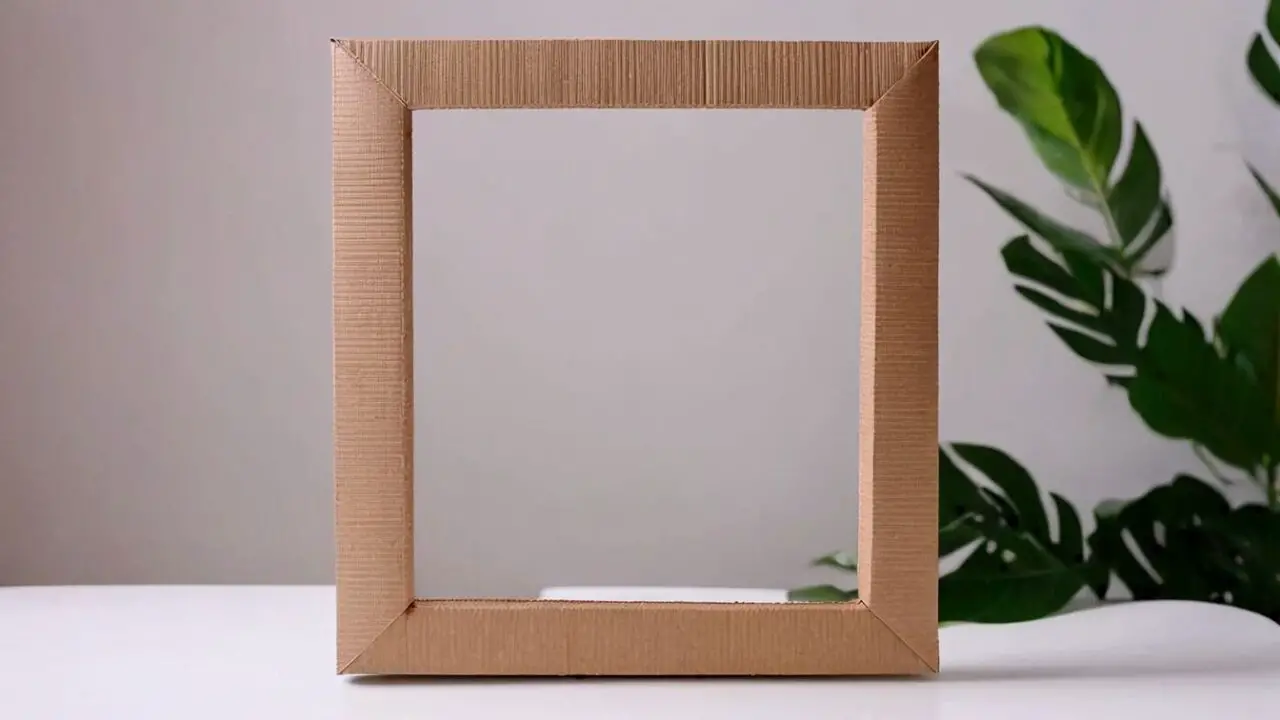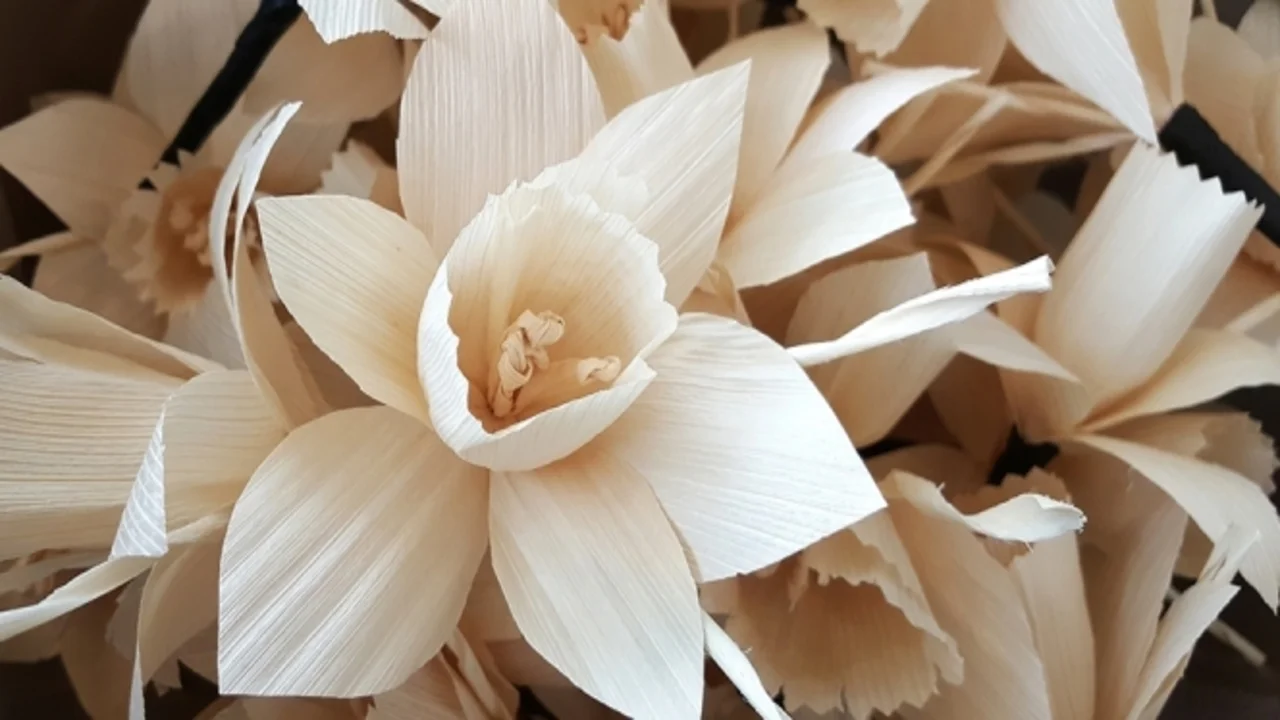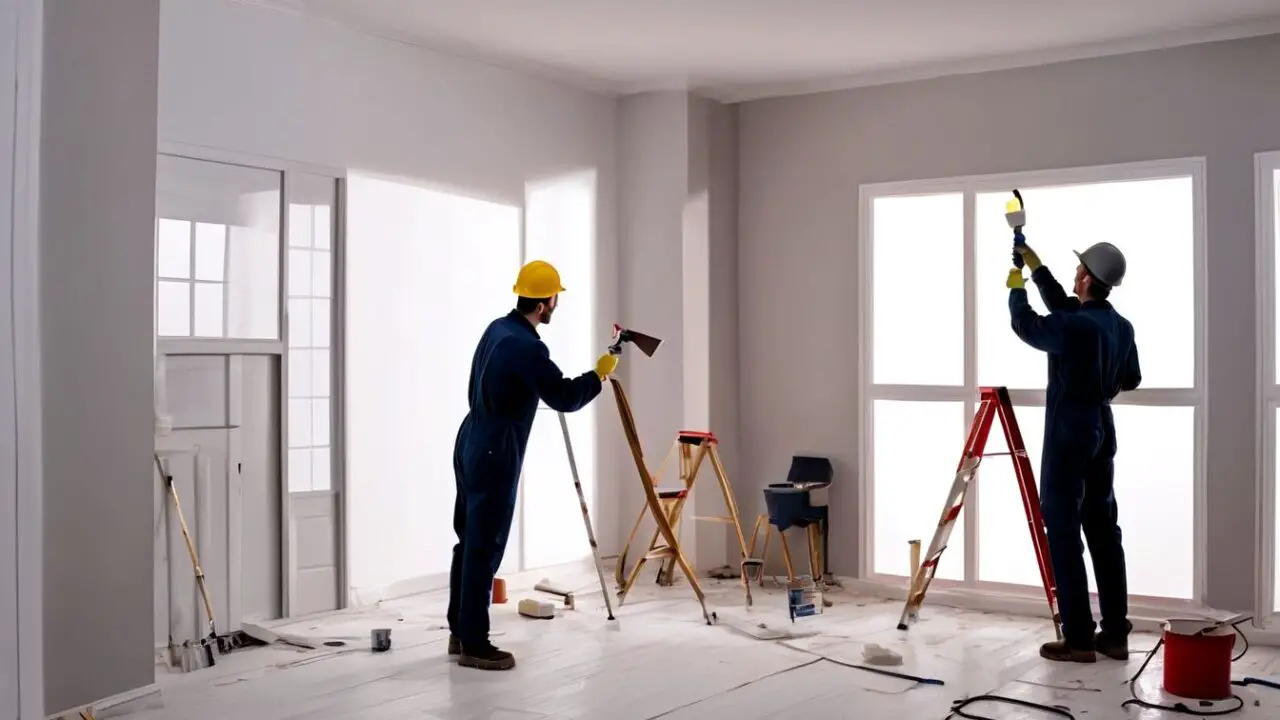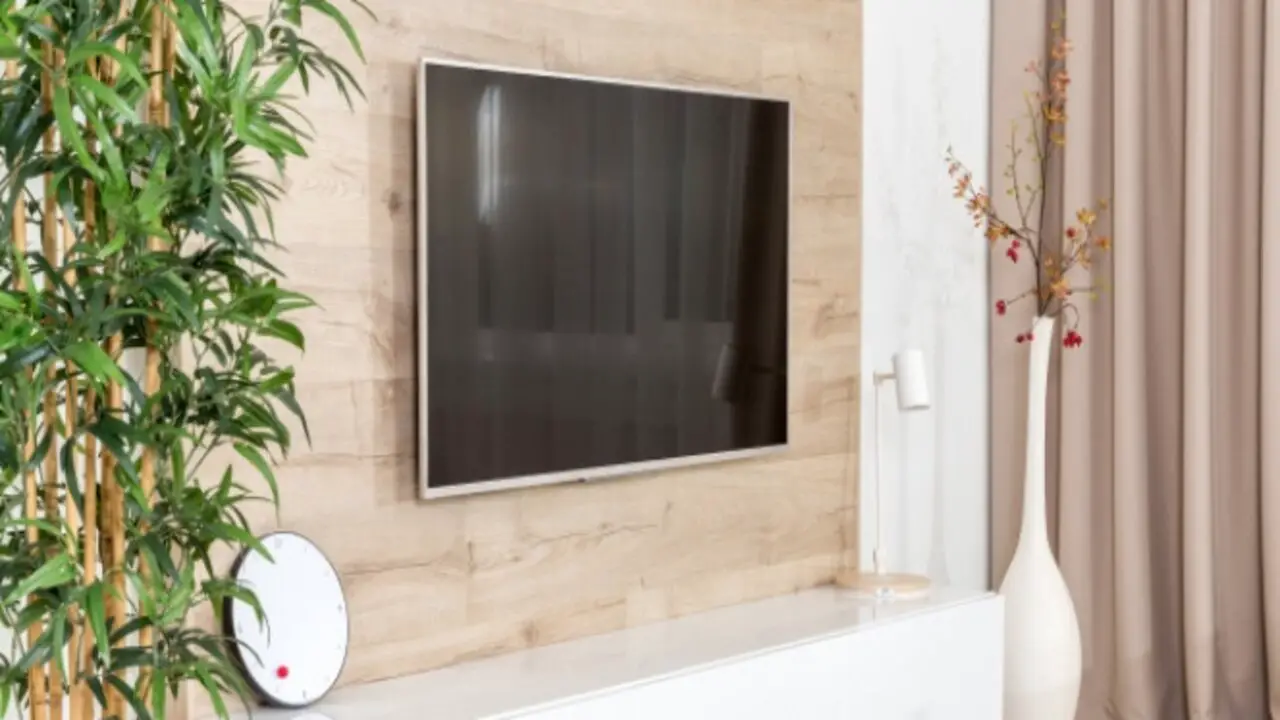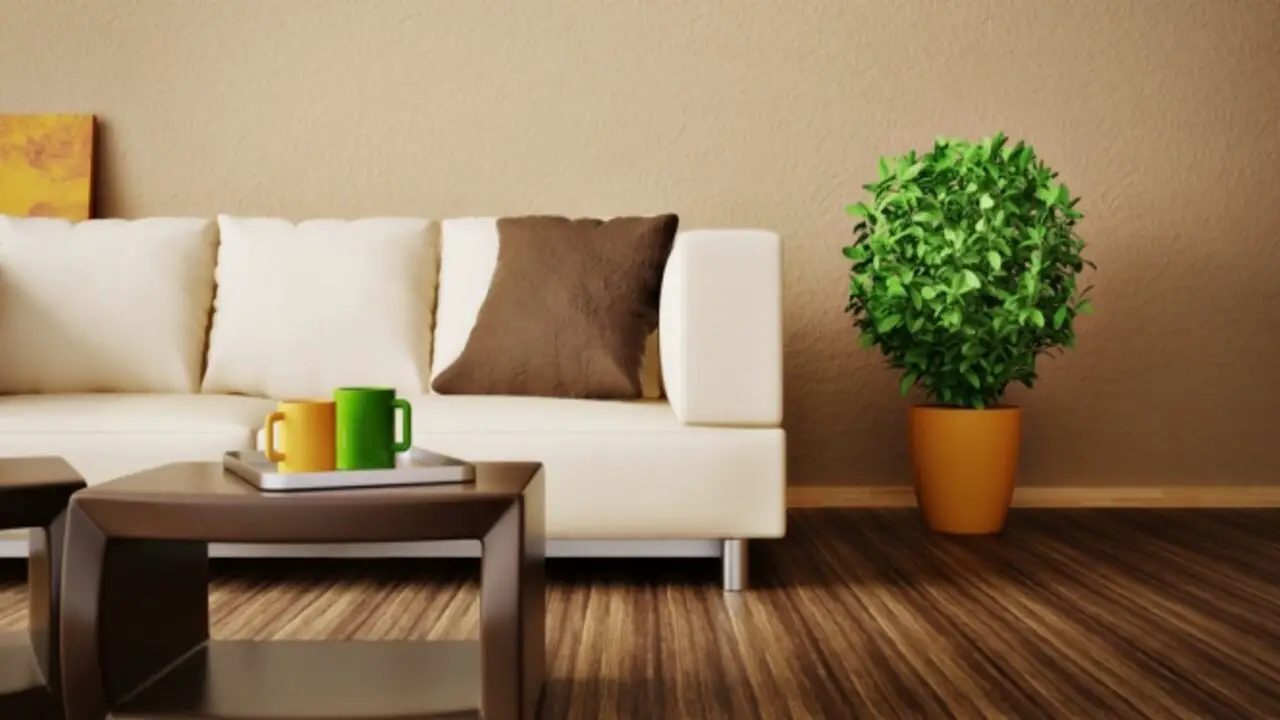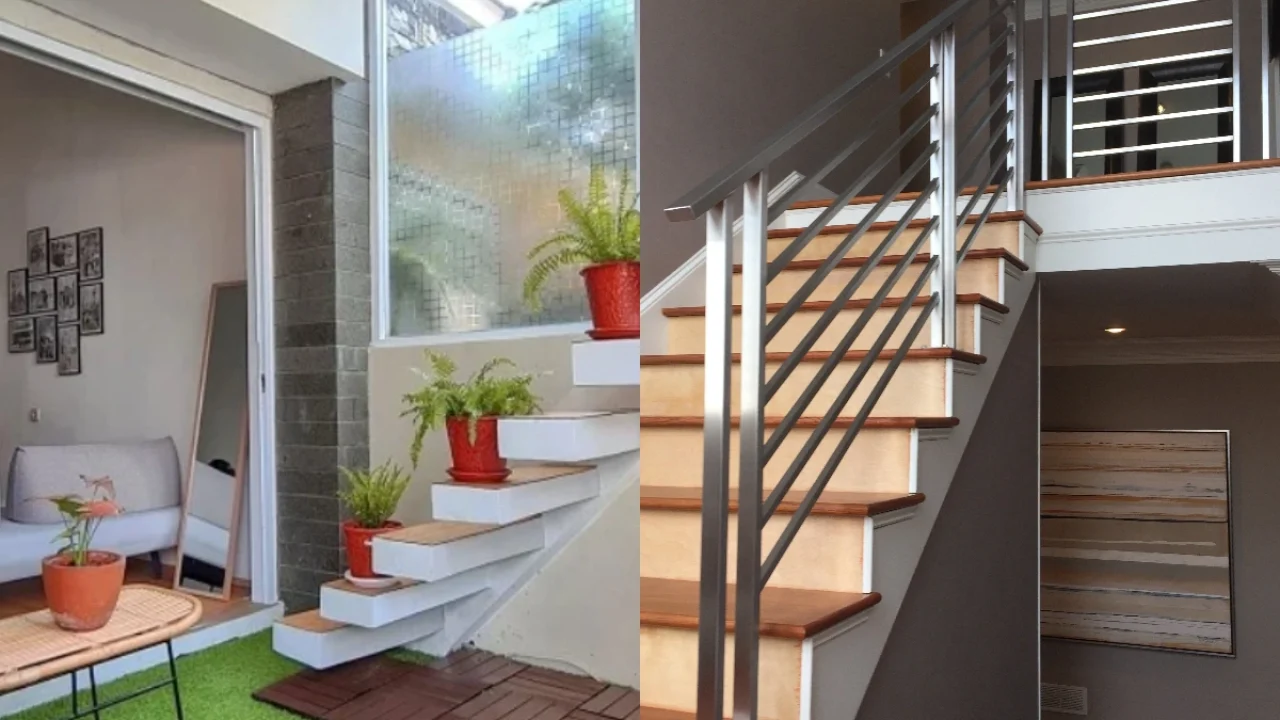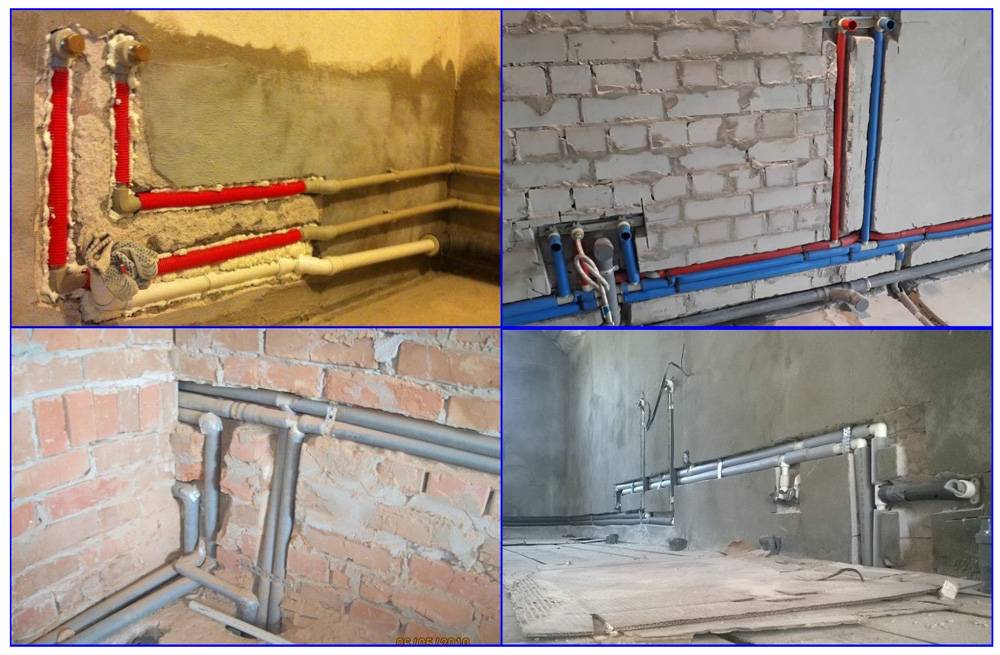 |
| how to find pipes in wall |
When it comes to home improvement or renovation projects, having a solid understanding of your home’s plumbing system is essential. Whether you’re planning to install new fixtures, repair a leak, or avoid accidentally damaging pipes, knowing how to locate pipes behind walls is a valuable skill. In this guide, we will explore various methods and techniques to help you find pipes in the wall effectively. So, let’s dive in and uncover the secrets of plumbing detection!
Contents
How to Find Pipes in Wall
Before we begin, it’s important to note that while these methods can be useful for identifying the general location of pipes, it’s always recommended to consult a professional plumber for a more accurate assessment, especially in complex situations or older homes with non-standard plumbing layouts.
1. Consult Plumbing Blueprints or Building Plans
If you have access to the original blueprints or building plans of your home, they can be an invaluable resource for locating pipes. These documents typically include detailed diagrams that highlight the plumbing system’s layout, indicating the position of pipes and fixtures. If you don’t have the blueprints, you may find them at your local building department, or you can contact the original builder or architect.
2. Follow Visible Pipes
Visible pipes are an excellent clue for identifying the location of concealed pipes. Start by inspecting areas where pipes are exposed, such as basements, crawl spaces, or utility rooms. Trace the path of these visible pipes as they exit the wall and enter the floor or ceiling. By following their trajectory, you can estimate where the pipes are likely to be located within the walls.
3. Use Electronic Stud Finders
Electronic stud finders, typically used to locate wall studs, can also help you find pipes. Look for stud finders that have a dedicated mode for detecting pipes or live wires. These devices use sensors to identify changes in density behind the wall, helping you pinpoint the location of pipes. Remember to follow the manufacturer’s instructions carefully for accurate results.
4. Invest in a Pipe and Cable Locator
For more advanced detection, consider investing in a pipe and cable locator. These devices are specifically designed to locate metallic and non-metallic pipes, as well as electrical cables. Pipe and cable locators work by emitting a signal that can be picked up by a receiver. By scanning the walls with the receiver, you can identify the precise location of pipes, even if they are non-metallic.
5. Look for Water Supply Lines
If you’re specifically interested in finding water supply lines, there are a few techniques you can employ. Firstly, examine the area around faucets, toilets, showers, and other fixtures that require water supply. Typically, the pipes leading to these fixtures will run vertically or horizontally from the main water supply line. By observing where the pipes enter and exit the wall, you can get a sense of their approximate path.
6. Utilize Thermal Imaging Cameras
Thermal imaging cameras can be extremely helpful in identifying temperature differences behind walls. As water flows through pipes, it alters the temperature of the surrounding area. By using a thermal imaging camera, you can detect these temperature variations and locate the pipes accordingly. However, it’s worth noting that thermal imaging cameras can be quite expensive, so consider renting one if you don’t foresee frequent use.
7. Knock and Listen
This method might seem rudimentary, but it can still provide valuable information about pipe locations. By lightly tapping on the wall surface, you can listen for differences in sound or resonance. Hollow sounds may indicate an empty space, while solid or muffled sounds could suggest the presence of pipes. Although this method is not foolproof, it can serve as a supplementary approach in conjunction with other detection techniques.
8. Seek Professional Help
If all else fails, or if you’re unsure about the accuracy of your findings, it’s wise to consult a professional plumber. Plumbers possess the knowledge and expertise to accurately locate and identify pipes within walls. They have access to specialized tools, such as fiber optic cameras or acoustic leak detectors, which can provide precise information about your plumbing system. Hiring a professional ensures that you avoid unnecessary damage or costly mistakes.
In conclusion, finding pipes within walls can be a challenging task, but with the right methods and tools, you can successfully locate them. Remember to consult blueprints or building plans, follow visible pipes, use electronic stud finders or pipe and cable locators, look for water supply lines, utilize thermal imaging cameras, employ the knock-and-listen method, and, when in doubt, seek professional assistance. By understanding the layout of your home’s plumbing system, you’ll be better equipped to tackle plumbing projects and maintain the integrity of your pipes.
Check out other designs directly from your cellphone via WhatsApp Channel: https://whatsapp.com/channel/0029VaASACYFXUuYULZWe939.

